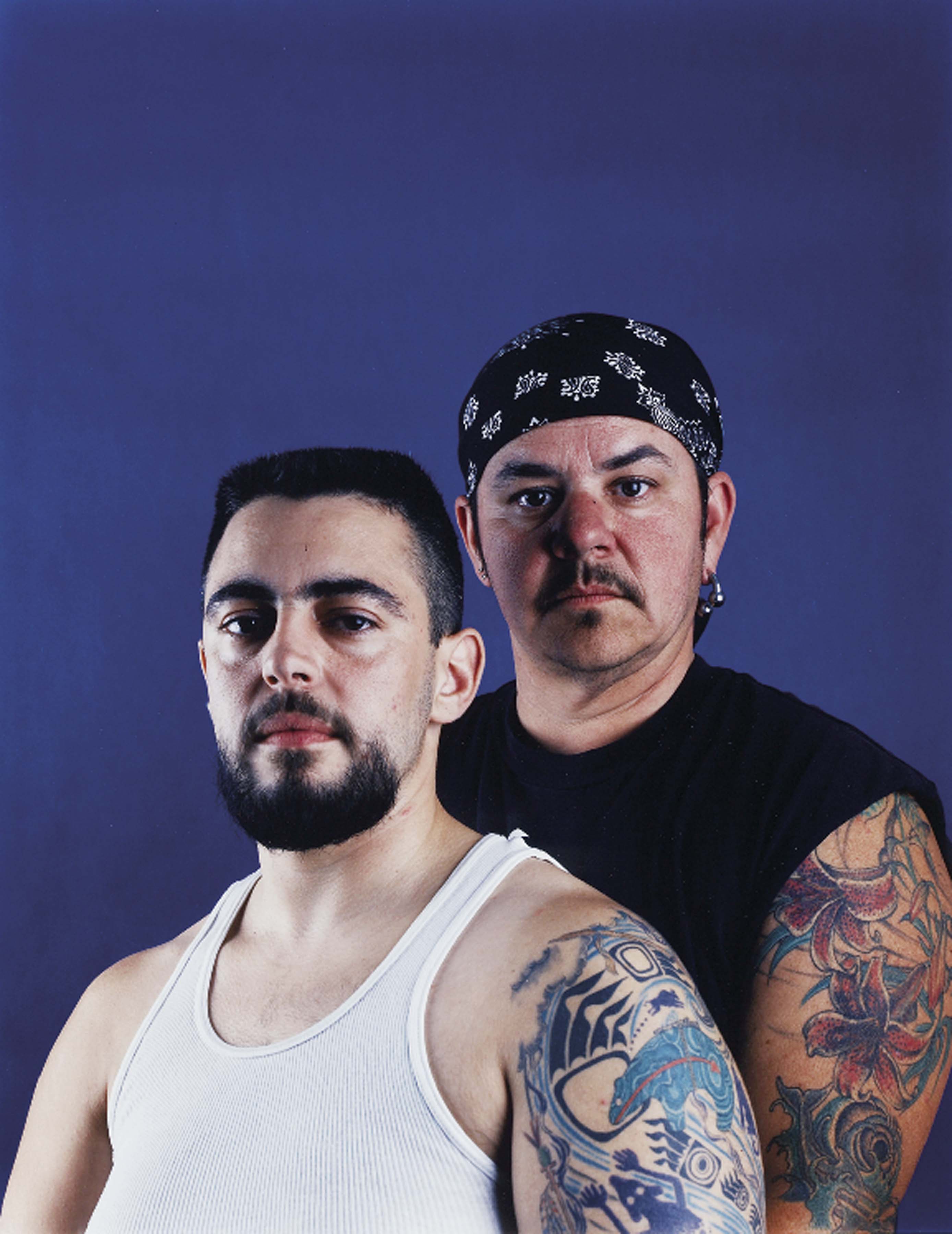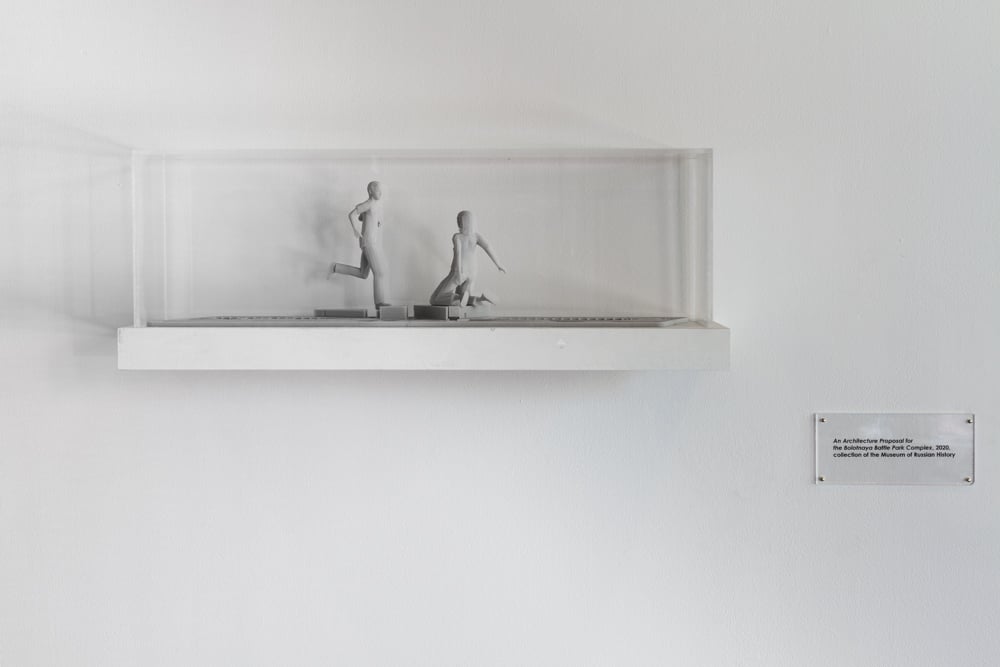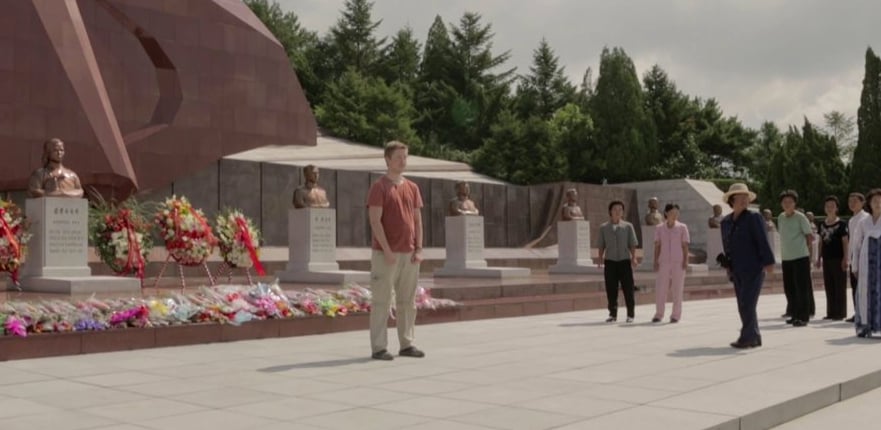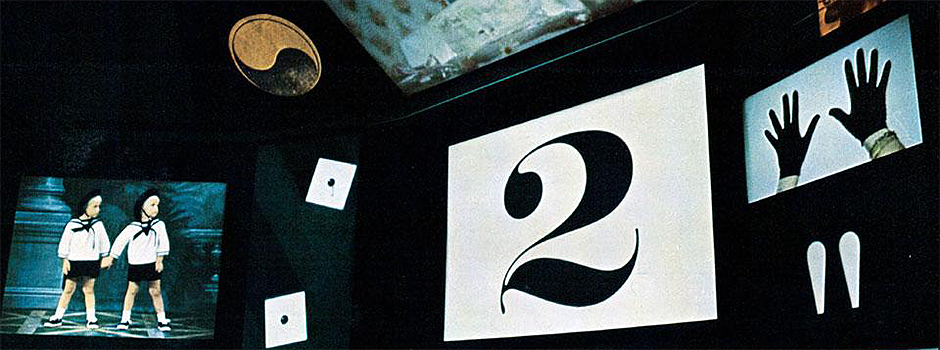
© » KADIST
Bady Dalloul
Bady Dalloul’s Scrapbook is a 48 minute video beginning from his birth, tracing major global events of the 20 th century, including the beginning and current Occupation and colonization of Palestine, the atomic bombings of Hiroshima and Nagasaki, assassination of family members and the Syrian diaspora. A voice over follows these moments as the camera traces over the collage that includes text; photos; postcards; origami birds; and inserted videos of world leaders. The film is a letter to the viewer, imploring the witnessing of what we assume, but cannot know, to be the artist speaking.

© » KADIST
The Atlas Group
It is a little known fact that Lebanese historians were also gamblers during the war. They met every Sunday at the race courses. Race after race, the historians were positioned behind the press photographers who were there to take a picture of the winning horse passing the finishing line.

© » KADIST
Arseny Zhilyaev
His large installation entitled The Museum of Proletarian Culture (2012) looked at the changes in artistic practice that have occurred in Russia throughout the last thirty years – from the amateur art of the late Soviet era to the commercialized post-Soviet cultural practices and the more recent self-expression via contemporary social networks. Thus, the exhibition becomes a whole installation where it is impossible to distinguish architecture from assemblage, facts from fantasy, document from fiction. It is a museum of museums where viewers find themselves in the era of didactic exhibitions; whereby the main protagonists are workers, engineers, and amateur artists, and finally replaced by the creative class of 1990s and 2000s.

© » KADIST
Malik Nejmi
La Chambre Marocaine series is a means to reconnect personally to his connection to family history and objectively assess the process of reconnection. By creating this work in the Villa Medici in Rome, the neutral space—neither France nor Morocco—allowed the artist to distance himself with his history in the examination process. The series looks at Morocco through the eyes of his children and object belonging to his grandmother: a scarf, a cushion and a book in Arabic.

© » KADIST
Moe Satt
These photographs document the hand and facial gestures in Moe Satt’s performance F n’ F (Face & Fingers) . Whistling and wearing minimal clothing within a bare gallery space, Moe Satt performed a choreographed sequence of gestures based upon those he observed on the streets of Yangon, Myanmar. Each photograph is simple, showing only the artist’s face and hands with a title and caption that describes the meaning of the documented gesture.
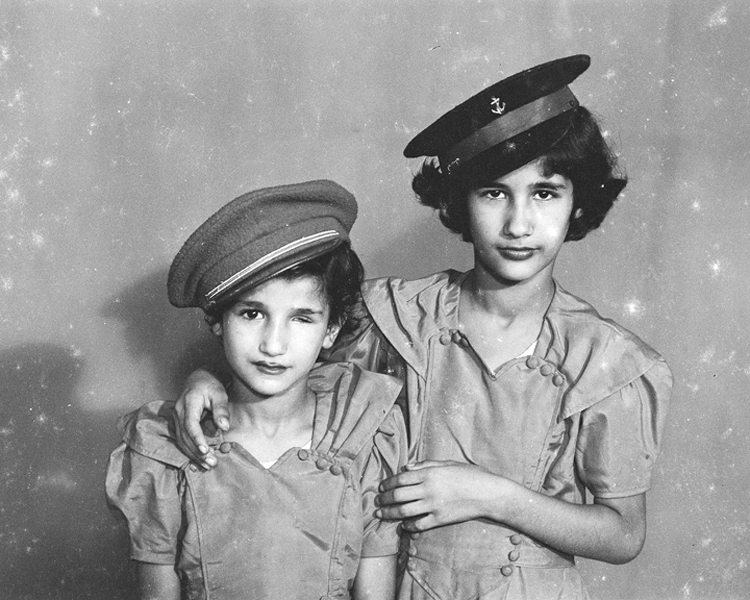
© » KADIST
Akram Zaatari
Hashem El Madani, a studio photographer in Saida, began working in 1948. Like all studio photographers his subjects came to him. The studio was a constant flux of visitors.

© » KADIST
Akram Zaatari
“People often asked if they could pose with the Kodak advertisement where a full scale woman is featured with a camera offering Kodak rolls. They invented the poses, the gestures and situations.” Hashem El Madani. Hashem El Madani, a studio photographer in Saida, began working in 1948.
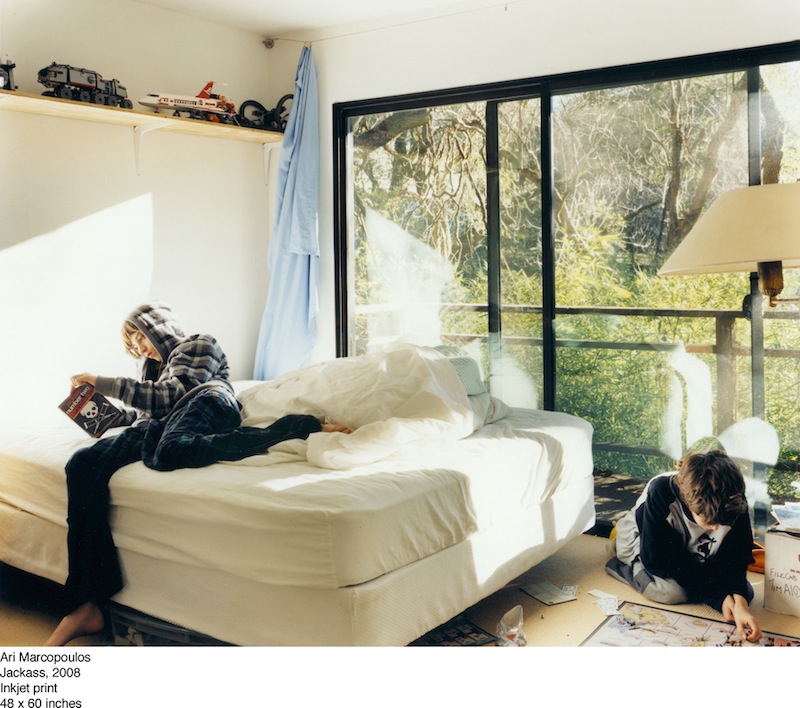
© » KADIST
Ari Marcopoulos
In Jackass (2008) by Ari Marcopoulos, his two sons, Cairo and Ethan, are pictured relaxing in a disheveled bedroom in their Sonoma home. One plays with some sort of board game while the other holds either a book or DVD of the movie Jackass Number Two, presumably the source of the photograph’s title. As Marcopoulos has continued to document his sons, and as they have become teenagers, the images of them begin to closely resemble the teenagers in much of his earlier work.

© » KADIST
Catherine Opie
Although best known as a provocateur and portraitist, Opie also photographs landscapes, cityscapes, and architecture. The Freeway Series was developed in 1995, right after the artist’s inclusion in that year’s Whitney Biennial. As if suggesting that her work should not be restricted to being seen through overtly political or activist lenses, this series lends insight into the city of Los Angeles via its most characteristic urban feature: its highways.
Akram Zaatari
- location: Sayda, Al-Lubnan
- year born: 1966
- gender: male
- nationality: Lebanese
The Atlas Group
The Atlas Group is a research and artistic project founded by Lebanese artist Walid Raad in 1999...
Malik Nejmi
The practice of the French-Moroccan artist Malik Nejmi (b...
Ari Marcopoulos
- location: New York, NY
- location: Sonoma, CA
- year born: 1957
- gender: male
- nationality: Dutch
- home town: Amsterdam, Netherlands
Moe Satt
Moe Satt is a Burmese visual and performance artist who uses his own body as a symbolic field for exploring self, identity, embodiment, and political resistance...
Catherine Opie
- location: Los Angeles, California
- year born: 1961
- gender: female
- nationality: American
- home town: Sandusky, Ohio
Bady Dalloul
Bady Dalloul cunningly employs collage across various media: texts, drawings, video, and objects to produce powerful works commenting on the past and the present...
Arseny Zhilyaev
Arseny Zhilyaev is arguably one of the most influential contemporary Russian artists of his generation...
-
1950-1959
-
1970-1979
Akram Zaatari
1970“People often asked if they could pose with the Kodak advertisement where a full scale woman is featured with a camera offering Kodak rolls...
-
1990-1999
Catherine Opie
1994Although best known as a provocateur and portraitist, Opie also photographs landscapes, cityscapes, and architecture...
The Atlas Group
1996It is a little known fact that Lebanese historians were also gamblers during the war...
-
2000-2009
Ari Marcopoulos
2008In Jackass (2008) by Ari Marcopoulos, his two sons, Cairo and Ethan, are pictured relaxing in a disheveled bedroom in their Sonoma home...
-
2010-2019
Malik Nejmi
2014La Chambre Marocaine series is a means to reconnect personally to his connection to family history and objectively assess the process of reconnection...
Bady Dalloul
2015Bady Dalloul’s Scrapbook is a 48 minute video beginning from his birth, tracing major global events of the 20 th century, including the beginning and current Occupation and colonization of Palestine, the atomic bombings of Hiroshima and Nagasaki, assassination of family members and the Syrian diaspora...


